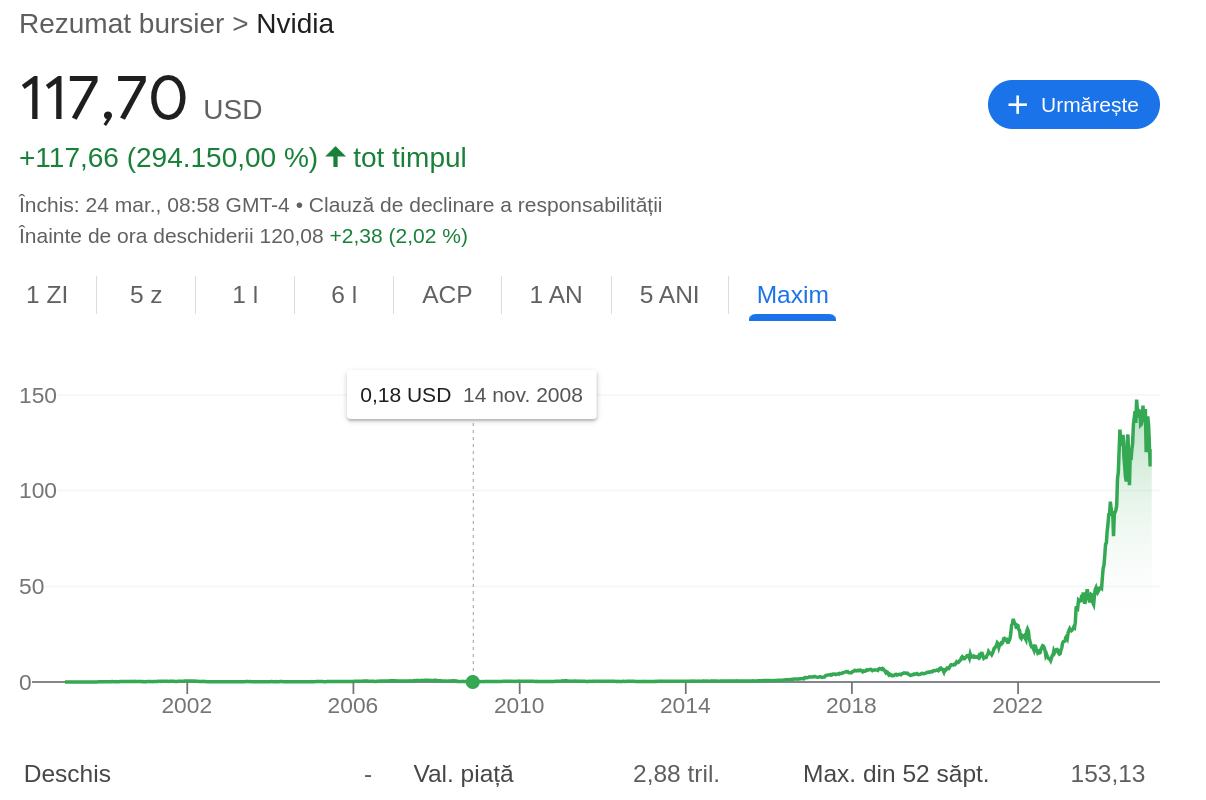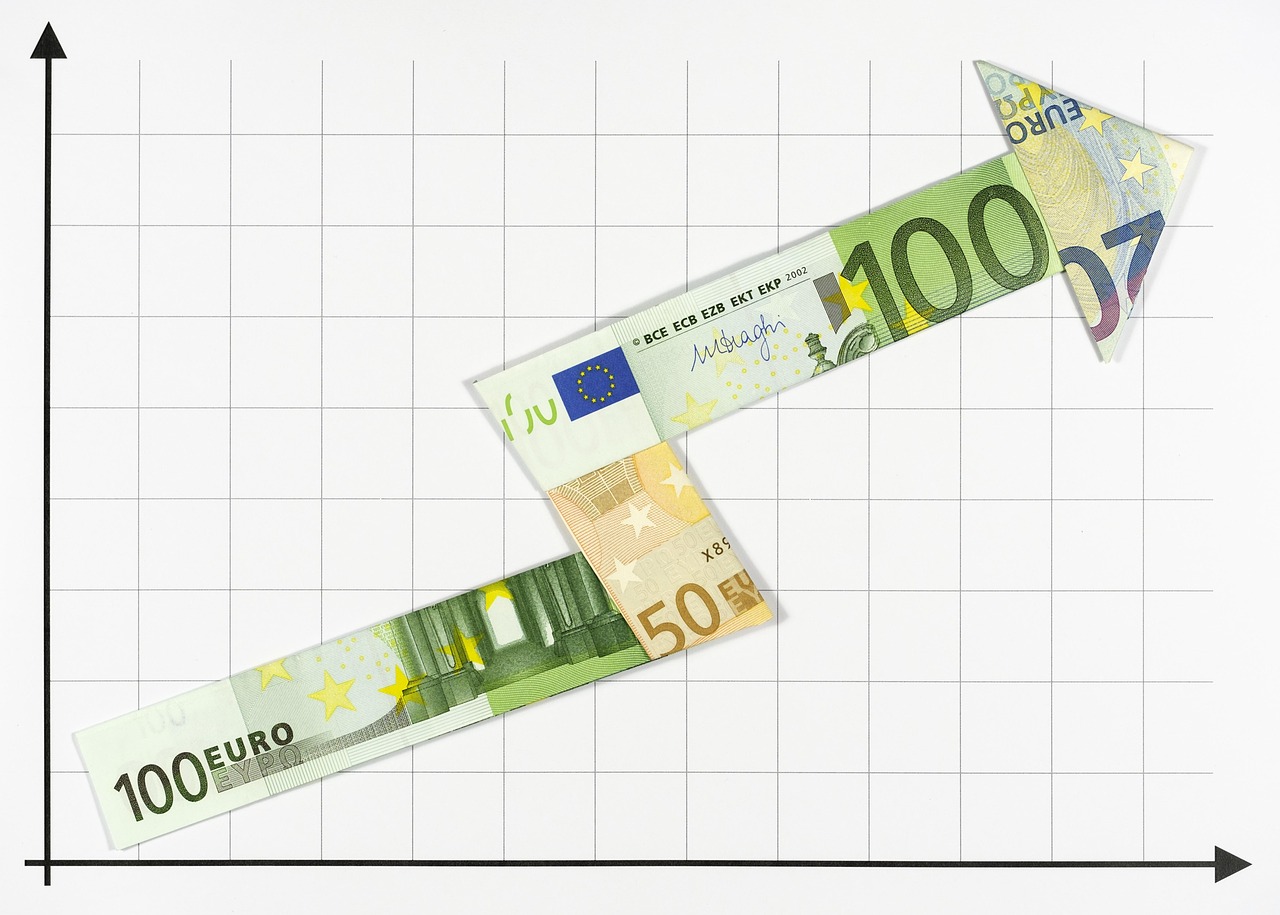
How Does the Rule of 72 Work?
The basic formula is very simple:
Years required to double the investment = 72 / annual growth rate
For example, if you have an investment with an annual interest rate of 8%, the number of years required for the investment to double is:
72 / 8 = 9 years
This means that if you invest 1,000 lei at an 8% annual interest rate, you will have approximately 2,000 lei after 9 years.
Why Does This Rule Work?
The Rule of 72 is derived from the mathematical formulas of compound interest and provides a simplified way to estimate doubling time. It is not an exact formula, but for growth rates between 6% and 10% per year, it is very close to the real value.
Examples of Use
The Rule of 72 is not only useful for investments but can also be applied in other areas:
Inflation: If the annual inflation rate is 6%, it will halve the purchasing power of money in:
72 / 6 = 12 years
- In other words, if today you can buy a shopping cart with 100 lei, in 12 years, you will need 200 lei for the same cart of products.
Economic Growth: If a country’s GDP grows by 4% annually, the economy will double in:
72 / 4 = 18 years
Loan Interest Rates: If you have a loan with an annual interest rate of 12%, your debt will double in:
72 / 12 = 6 years
- This illustrates how dangerous high-interest rates on loans and credit cards can be.
Alternatives to the Rule of 72
The Rule of 72 works best for growth rates between 6% and 10%, but for lower or higher values, adjusted variations can be used:
- The Rule of 69 is more accurate for low interest rates.
- The Rule of 70 provides a more precise approximation for certain special cases.
- The Rule of 73 is used for rates above 10% to improve calculation accuracy.
Who Discovered the Rule of 72?
This rule was first mentioned in 1494 by the Italian mathematician Luca Pacioli in his book Summa de Arithmetica. He did not explain exactly where the formula came from, leading some historians to believe that the rule had existed for a longer time.
How Accurate Is the Rule of 72?
To verify the accuracy of this rule, we can use the exact mathematical formula for doubling an investment:
T = ln(2) / ln(1 + rate/100)
If we have an annual rate of 8%, the exact formula shows that the time required for doubling is:
T = ln(2) / ln(1.08) = 9.006 years
The Rule of 72 gives 9 years, which is very close to the real value!
Conclusion
The Rule of 72 is a simple and useful tool for making quick estimates without using complex calculations. It is used by investors, economists, and everyday people to better understand the impact of compound interest, inflation, and economic growth rates. Although it is not a perfectly precise formula, it is accurate enough for quick calculations and making informed financial decisions.







